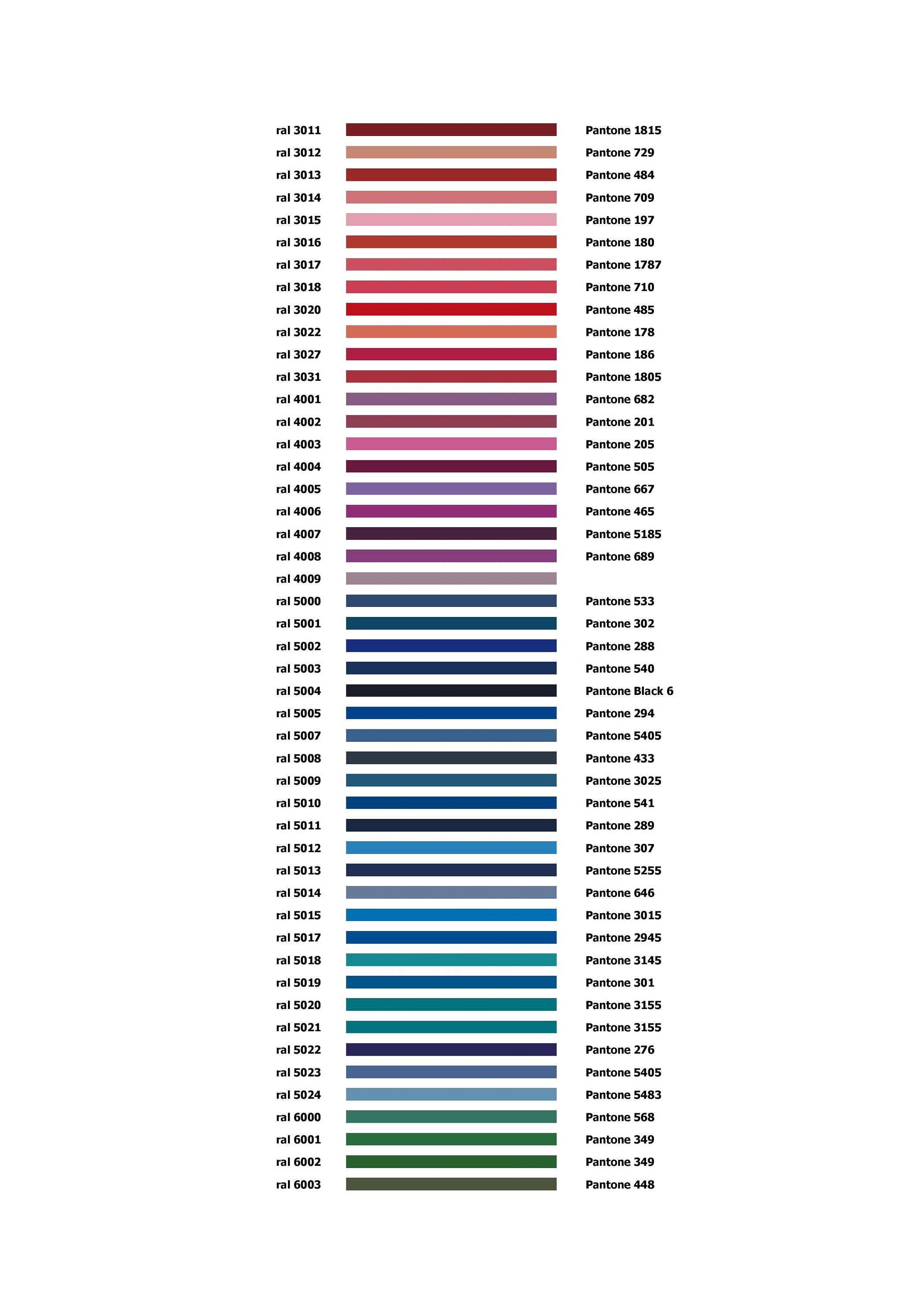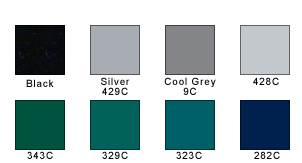

These are for real objects, so they are seen with different lighting conditions (illumination), and an object can be seen in different colours (as RGB), but being of the same colour (as paint/dye).Īnd Pantone and RAL have discrete colours (enumerated colours, not homogeneously distributed).


Our eyes may adapt colours (so for a single person, this is not a huge problem, but if you are doing a magazine, with 15 graphic editors, the reader want consistency (there is not time to adapt eyes for every image).īut then you go to Pantone and RAL: there are different kind of colour description (really, forget RGB for such colours: you need spectral distribution). If your screen is not 100% AdobeRGB it will display some colours in an unexpected way. An AdobeRGB profile will not make your screen to see AdobeRGB colours, it will just transform the colours so that you will have the "numbers" as expected by a 100% precise AdobeRGB screen (which never exist, so it is better to use device specific profiles). You will use the ICC file to tell the screen (or graphic card) how to handle colours, and to the program, so they know which range of colours they can use.Ī ICC profile just tell a screen how to convert numbers (colours). So you will have a good calibrated monitor, which display the correct colours. If you want to calibrate your screen, you should have a good screen (I recommend one "hardware calibrated", so you will not lose colours), and a calibration device. And possibly you do not have correct understanding of ICC, colour profiles, and RAL.


 0 kommentar(er)
0 kommentar(er)
